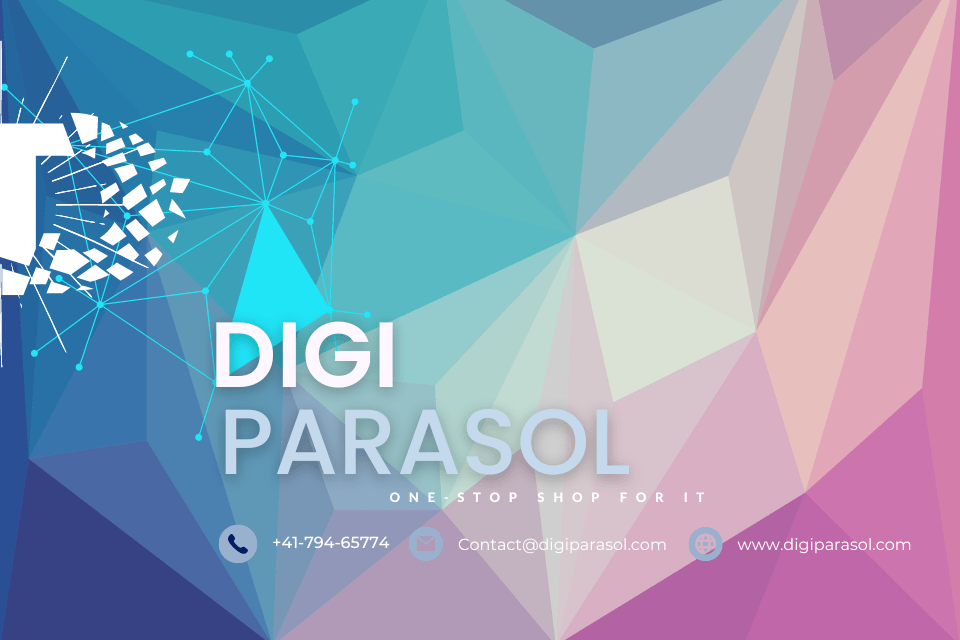Innovative Approaches to Real-World Problem Solving: Benefits and Tips
In today’s fast-paced and ever-changing world, the ability to solve real-world problems is a crucial skill that can set individuals and organizations apart. Traditional problem-solving methods are no longer enough to address complex and multifaceted challenges. This is where innovative approaches to problem-solving come into play.
Innovative approaches to problem-solving involve using creative thinking, out-of-the-box ideas, and cutting-edge technologies to come up with effective solutions. By taking a fresh perspective and incorporating new tools and methods, individuals and organizations can tackle problems in a more efficient, impactful, and sustainable way.
Benefits of Innovative Approaches to Real-World Problem Solving:
1. Enhanced Creativity: Adopting innovative approaches to problem-solving can stimulate creativity and encourage thinking outside the box. By trying new techniques and exploring unconventional ideas, individuals can come up with unique and innovative solutions to complex problems.
2. Improved Efficiency: Innovative problem-solving methods can help streamline processes, eliminate inefficiencies, and optimize resources. By incorporating technology and automation, individuals can save time and reduce manual labor, allowing them to focus on more critical tasks.
3. Greater Impact: By incorporating innovative approaches, individuals and organizations can address real-world problems in a more holistic and comprehensive way. They can identify root causes, leverage data-driven insights, and develop sustainable solutions that have a lasting impact on communities and society as a whole.
4. Competitive Advantage: Those who embrace innovative problem-solving methods can gain a competitive edge in the marketplace. By staying ahead of trends, adopting new technologies, and fostering a culture of innovation, individuals and organizations can differentiate themselves from competitors and attract new opportunities.
Tips for Getting Started with Innovative Approaches to Problem Solving:
1. Embrace Change: To effectively solve real-world problems using innovative approaches, individuals must be willing to embrace change and step outside their comfort zones. This may involve trying new tools, methods, or strategies that challenge traditional ways of thinking.
2. Foster a Culture of Innovation: Organizations can foster a culture of innovation by encouraging creativity, experimentation, and risk-taking. By providing employees with the freedom to explore new ideas and collaborate with others, organizations can create an environment that promotes innovative problem-solving.
3. Stay Curious: Curiosity is a key driver of innovation and problem-solving. By staying curious and asking questions, individuals can uncover new insights, identify opportunities, and develop unique solutions to complex challenges.
4. Utilize Technology: Technology plays a crucial role in innovative problem-solving. By leveraging tools such as data analytics, artificial intelligence, and virtual reality, individuals can gain valuable insights, automate processes, and tackle problems in more efficient and effective ways.
Essential Equipment for Innovative Problem Solving:
1. Data Analytics Tools: Data analytics tools help individuals analyze and interpret data to uncover insights, patterns, and trends. By utilizing tools such as Tableau, Google Analytics, or Microsoft Power BI, individuals can make data-driven decisions and develop evidence-based solutions.
2. Prototyping Equipment: Prototyping equipment such as 3D printers, laser cutters, and CNC machines allow individuals to create physical prototypes of their ideas. By experimenting with prototypes, individuals can test their concepts, gather feedback, and refine their solutions before implementation.
3. Collaboration Tools: Collaboration tools such as Slack, Microsoft Teams, or Trello enable individuals to work together remotely and share ideas in real-time. By fostering collaboration, organizations can leverage the collective expertise and creativity of their team members to come up with innovative solutions.
4. Innovation Workshops: Innovation workshops provide individuals with the opportunity to brainstorm ideas, explore new concepts, and develop innovative solutions in a collaborative setting. By participating in workshops, individuals can gain new perspectives, learn from others, and enhance their problem-solving skills.
In conclusion, innovative approaches to problem-solving offer numerous benefits, including enhanced creativity, improved efficiency, greater impact, and a competitive advantage. By embracing change, fostering a culture of innovation, staying curious, and utilizing technology, individuals and organizations can tackle real-world problems in innovative and effective ways. By investing in essential equipment and tools, individuals can enhance their problem-solving capabilities and drive positive change in their communities and beyond.


